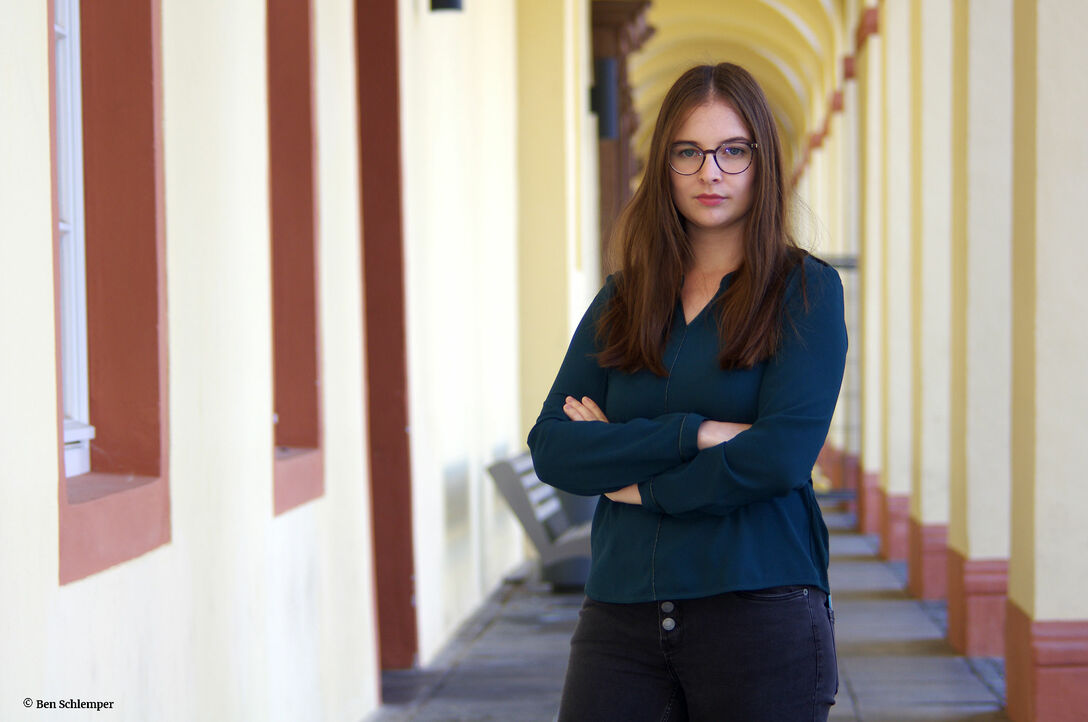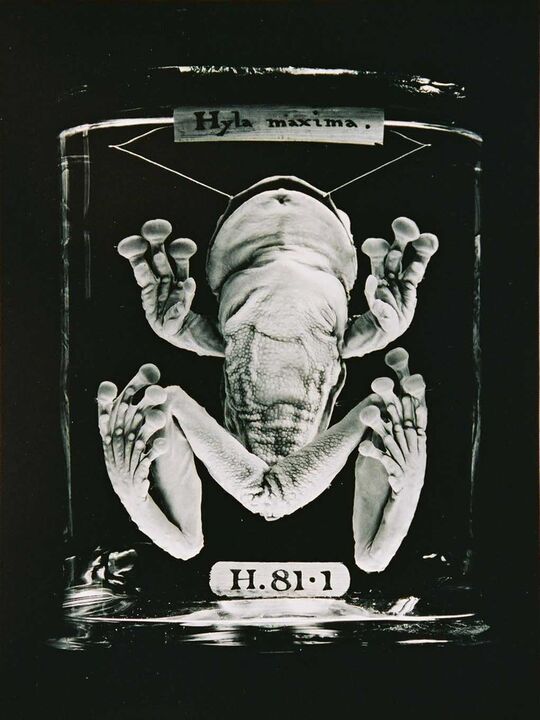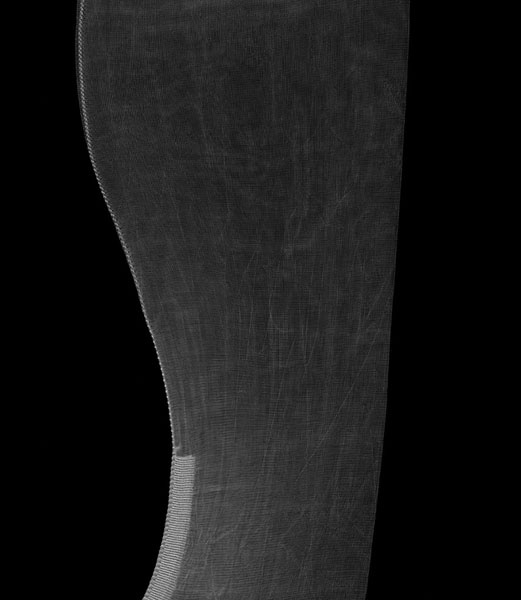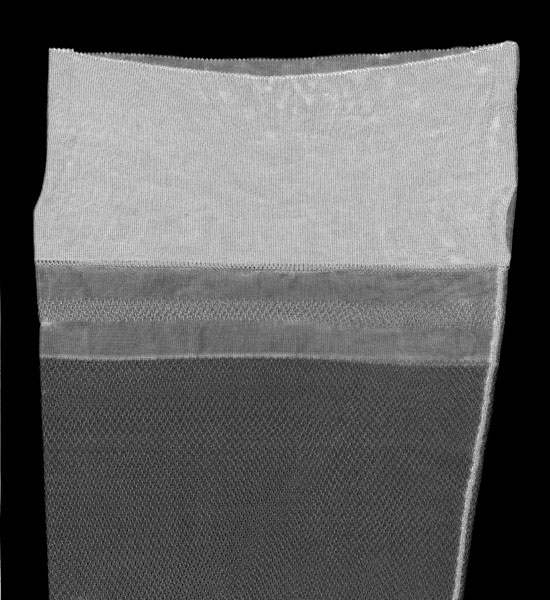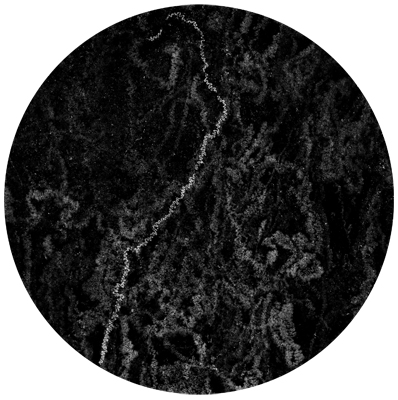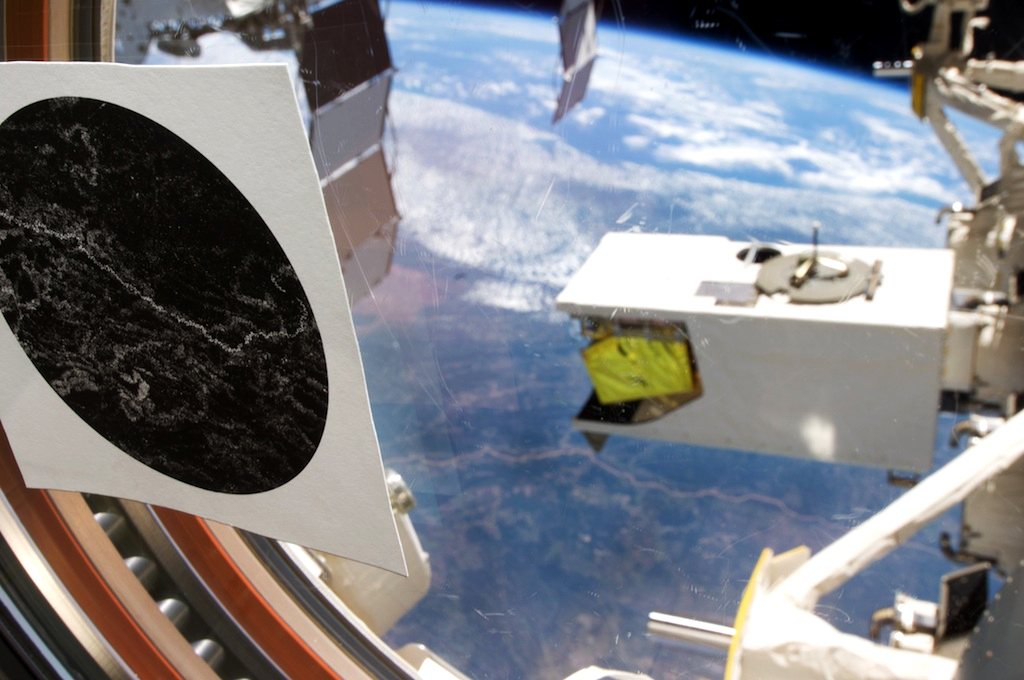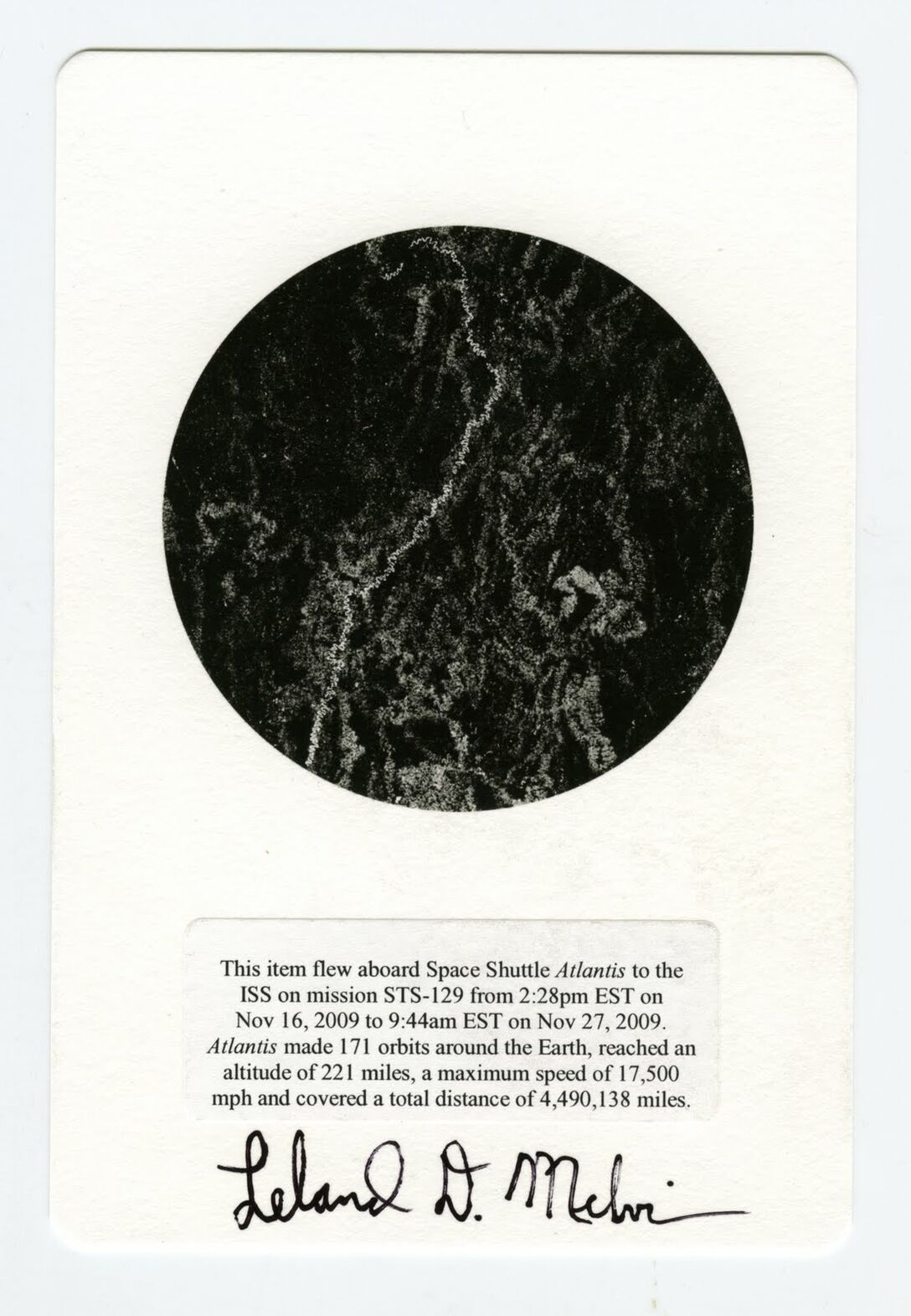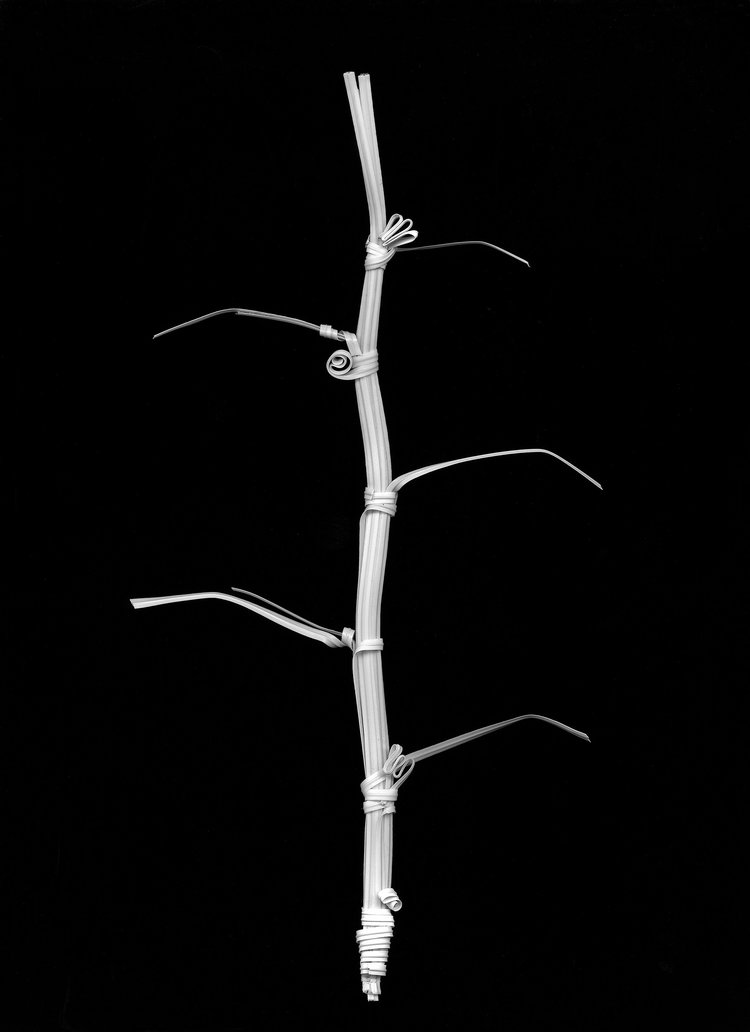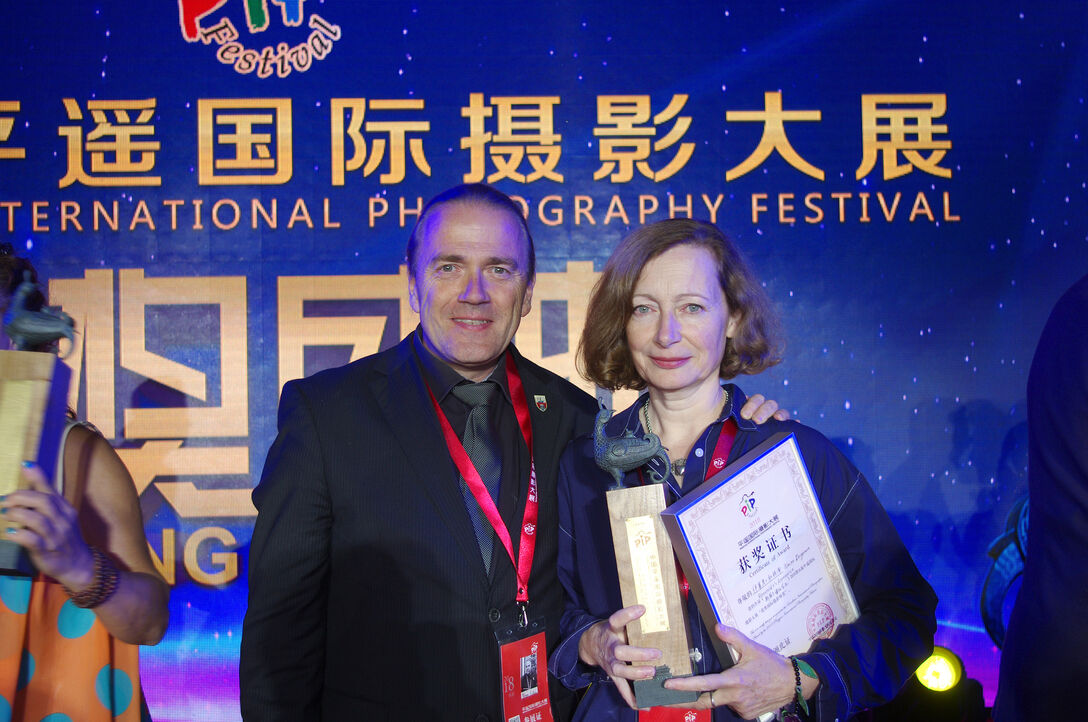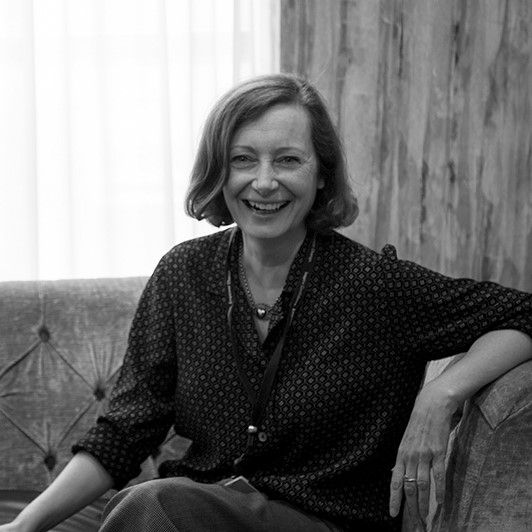
One artist represented by the Klompching gallery is Elaine Duigenan, a British photographer born in 1964 who lives and works in London.
Elaine Duigenan focusses on objects, familiar and ordinary items but also things that are strange and mystical. She places them in a plain environment in a way to give them significance and attention. She has a talent for the right ‘sense of place’ and for collecting and unearthing treasure. Elaine Duigenan studies her objects in detail and creates small sculptures out of unusual things, for example out of wax mixed with dish soap. Things are never quite what they seem, she discovers a symbolism and beauty in the most mundane of objects and makes them momentous and thrilling. Her works convey strength and fragility, perfection and imperfection, they tease the viewer to feel something between admiration and abhorrence.
At the beginning of her career, in the years of 1997 to 2000 she was interested in Still-Lives and experimental works and spent a couple of years taking pictures of animal specimens at the Royal College of Surgeons in England. The resulting series called Mysteries of Generation proved to be the catalyst for her subsequent work.
Elaine Duigenan emphasizes the small and simple. Her series Nylon from 2005 depicts stockings that are usually viewed as nothing special, as objects of beauty that display a delicate flirty sensuality. Placed in a scanner, the stockings sometimes appear as sculptural landscapes glowing in the dark.
In 2008 she has also looked at hairnets and portrayed them in their abstractness, as if they were placed under a microscope. The nets she worked with were mostly hand woven and made from real human hair in the 1920s to 1950s. Their genetic make-up has not altered, hair never really dies, what makes it a curiously emotive thing. This fact sets up all kind of thoughts. For Elaine Duigenan, “photography has become an ‘act of preservation’ and objects [she] focus on become the locators or igniters of memory. The traces and remnants we find in any landscape can spark recognition. They can even invoke a presence.” (De Santos Gallery)
Elaine Duigenan nearly always works in monochrome, her artworks exhibited in the Klompching gallery are black-and-white only. She makes her own prints which is important to her to control the tones and nuances and to keep the original texture, sharpness and depths as close as possible like the original photo. These subtle qualities make her works really precious, so they are well worth seeing first hand. Besides using a variety of cameras and techniques, she is enthusiastic in filming her work in progress.
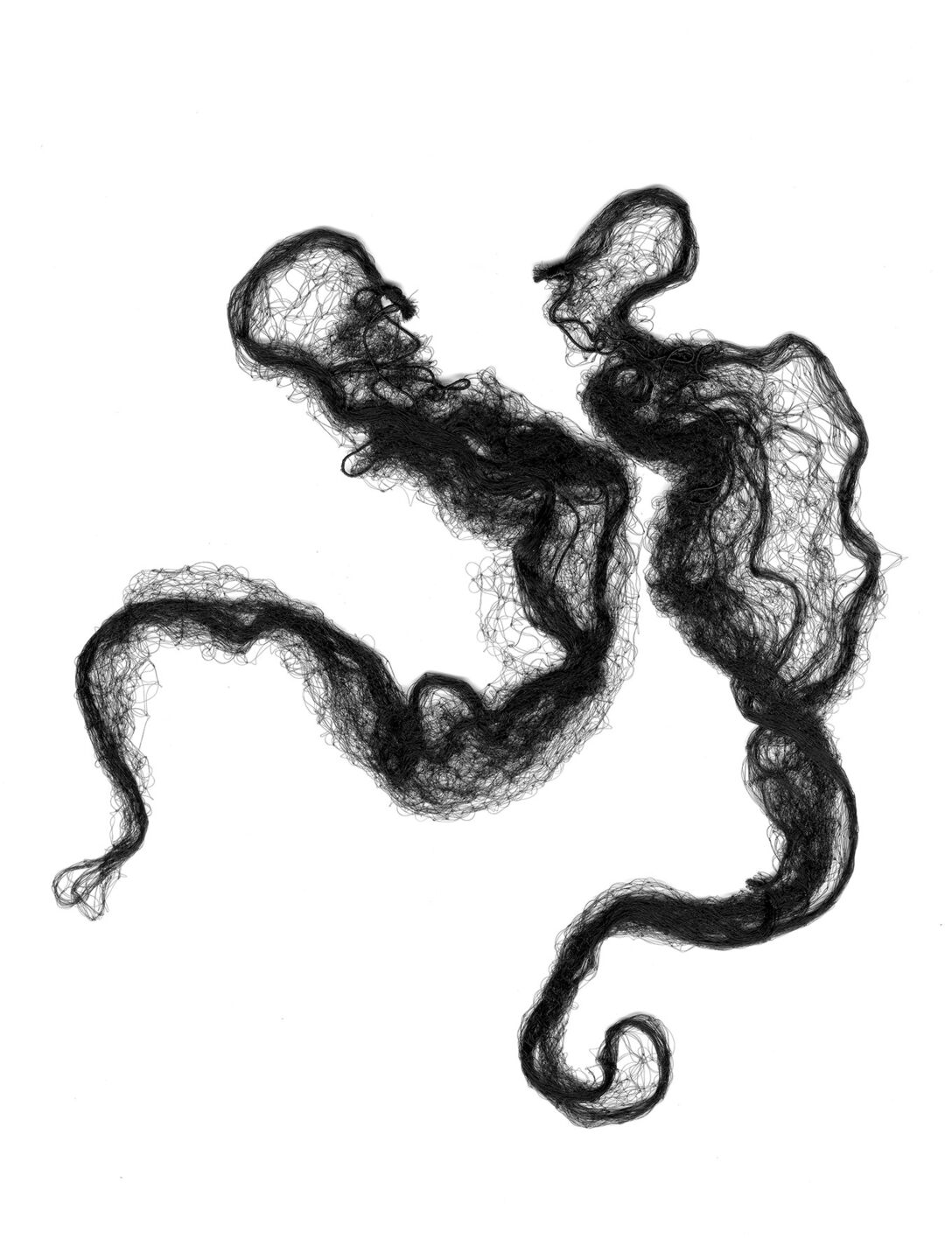
Perhaps the most exciting and best known project from Elaine Duigenan is Micro Mund (lat. Micro world) from 2009. One image was flown to space by the Astronaut Leland Melvin on the Space Shuttle Atlantis on November 16th. But why? In this series, Elaine Duigenan has photographed the wanderings of snails as they have eaten through algae. These trails show claw-like, corrugated patterns that on a micro level reflect a monotonous but strong life-form, on a macro level resemble a view of estuaries on earth from far above. Moreover, because of the aspect that Elaine Duigenan presented these images within a circular frame, the photographs seem like planets, planets as we imagine them on a cosmic scale. The message these images bring across and the associations they evoke, describes a quotation by Leland Melvin: “Elaine Duigenan’s images in Micro Mundi show how the random exceedingly slow wanderings of a mollusk feeding can depict our planet’s network of paths, roads, and rivers as we view them exceedingly fast from the portal of space, circling our globe every 90 minutes. The relationship found between the micro and macro worlds can help us better understand the delicate fragility of our planet.”( Photomonitor. Leland Melvin got introduced to Elaine Duigenan by Thomas Kellner at a meeting in Houston in 2008.)
Obviously, there is a hand-made connection to Elaine Duigenan’s work, especially her project Blossfeltd’s Apprentice embraces the idea of making wonderful new things out of a random utensil. Inspired by the work of Shota Katsube, she built flower-like sculptures out of twist ties which look like real plants on her photographs. This series of 2016 was a homage to the German artist Karl Blossfeldt (1865-1932). With his iconic and detailed photographs of botanical speciments, he wanted to encourage his students to pay attention and bring across his belief that perfection was found in nature. Looking at plants closely you’ll notice their incredible patterns and layers. Nature is the ultimate creative genius, human creations can only refer to its design but will never reach its pure beauty. Creating botanical sculptures, being annoyed about their flaws, trying to twist, tie and bend the material till the completely perfection, made Elaine Duigenan become aware of “the arrogance of trying to imitate nature.” She finally realized, the point of this work was to reveal the imperfection and to build up a tension between this imperfection and the actual perfection of nature. Elaine Duigenan had become a maker, Blossfeldt’s apprentice. She produced a contemporary artwork that perfectly sits between sculpture and photography. Her works highlight how flaws and failure are in fact a key component of creative production.
From 1983 to 1986 Elaine Duigenan studied Art History (BA Hons) at the Goldsmiths’ College, University of London. For the first time, her art was shown at the Gallery Anne Faggionato alongside Damien Hirst, Helen Chadwick and other Britartists in 2000. After many solo exhibitions, she succeeded as an Artist in Residence at The Royal College of Surgeons for 14 months. She undertakes artist residencies and works alongside institutions such as Wellcome Collection to devise and deliver special projects. Apart from New York, her work has been exhibited internationally, for instance in London, San Francisco, Damascus and Greece and is held in collections such as the Victoria & Albert Museum, The Royal College of Surgeons of England and The Museum of Fine Art in Houston. Her work has been featured in many magazines and journals such as the Luerzer Archive, TANK, Ag photographic magazine and the Chinese Art Review magazine ART WORLD. She participated in several photo festivals like Photofest Bucharest, Rhubarb Rhubarb and FotoFest Houston. In 2016, Elaine Duigenan achieved 2nd Place in two categories of Moscow International Photo Awards and in International Photography Awards and was awarded Gold in Prix de la Photographie. She received Honorable Mentions and won the International Photographer Award at The Pingyao International Festival of Photography in 2018. (Elaine Duigenan participated in the exhibition Photo Trouvée curated by Thomas Kellner)
Now, if you’re interested in Elaine Duigenan and her work, have a look on her website and get inspired by her fascinating photographs and videos of her work in progress.
Contact
Klompching Gallery
Darren Ching and Debra Klomp Ching
89 Water Street
Brooklyn, NY 11201
United States of America
+1 212 7962070
info@klompching.com
www.klompching.com
Article about Klompching Gallery
Author
Milena Beerens, born July 13, 1998 in Herford
Studies: Literature, Culture, Media and Communication & Media
Internship: 2020 at studio Thomas Kellner
Special interests: feminism, novels, poetry, art, play-act, music, nature, baseball
Goals: to become a journalist or work in a publishing house, living abroad
